SAPI Vs. ESAPI Plates: Which Body Armor Style Is Best?
SAPI vs ESAPI - which one is right for you? When choosing the right body armor, it’s vital to know the differences between these two types of ballistic plates. Both are designed to protect against various threats, but each has distinct characteristics affecting protection level, comfort, and cost.
Whether you’re in law enforcement, the military, or a civilian looking to enhance personal security with ballistic plate body armor, understanding the nuances between SAPI and ESAPI plates can help you make a more informed choice.
In today’s body armor marketplace, the term SAPI has largely become synonymous with plate shape, rather than a specific ballistic standard. While most modern plates could technically be considered “enhanced” by definition, SAPI is now commonly used to refer to the cut or contour of the plate, not its official military designation or ballistic rating. In this guide, we’ll dive into the origins of the terms and break down their features, strengths, and limitations, so you can pick the best plate to fit your specific needs.
What Are SAPI (Small Arms Protective Insert) Plates?
What are SAPI plates, and what is a SAPI plate? These SAPI plates (Small Arms Protective Inserts) are designed primarily to protect against small arms fire, including bullets from handguns and rifles. They’re known for being both durable and relatively lightweight, making them popular among military and law enforcement personnel. Typical construction materials include ceramic, steel, or composite fibers.
SAPI plates can come in multiple sizes to fit different body shapes and operational requirements. Their effectiveness is rated by the specific caliber of ammunition they can withstand, with higher ratings offering stronger defense. For more insights into how these plates originated within the military, check out our guide on what body armor the military uses.
What Are ESAPI (Enhanced Small Arms Protective Insert) Plates?
What are ESAPI plates? ESAPI (Enhanced Small Arms Protective Insert) plates are a more robust variant of the standard SAPI plates. They’re engineered to defend against higher-velocity ballistic threats and can even stop certain armor-piercing ammunition. Constructed from advanced materials like ceramic composites and UHMWPE, ESAPI plates are thicker and heavier but offer a superior level of ballistic protection.
Initially developed for the military, ESAPI plates have become widely recognized for their enhanced stopping power. Although “SAPI” and “ESAPI” often get used interchangeably by civilians, the key distinction lies in the protection levels. For further details on how military-grade gear translates to civilian body armor, check out our guide on military-grade armor.
The Main Differences Between ESAPI and SAPI Plates
ESAPI vs SAPI: both plate types serve a similar purpose but differ in weight, cost, and overall protection. ESAPI plates vs SAPI plates typically means comparing heavier, pricier plates with higher ballistic ratings (ESAPI) to lighter, more cost-effective plates (SAPI). If you’re facing high-powered threats or armor-piercing rounds, ESAPI plates are often the safer bet.
In contrast, SAPI plates may be preferred if your priorities lean toward lighter weight, easier mobility, or budget-friendliness. Understanding these nuances is essential when deciding between ESAPI vs SAPI options; your choice depends on the threats you expect and the comfort level you desire.
Plate Weight: ESAPI Plates Are Often Heavier
How much do ESAPI plates weigh, and how much does a SAPI plate weigh? The most noticeable difference between these armor products is indeed weight. ESAPI plates are often heavier due to increased thickness and stronger construction materials. This added mass provides extra ballistic protection but can reduce overall comfort and mobility.
If you’re wondering how heavy are SAPI plates vs. ESAPI plates, SAPI plates are usually lighter and simpler to wear for extended periods. However, they may not offer the same level of protection against high-powered or armor-piercing threats. Ultimately, the choice comes down to balancing comfort, mobility, and if you require additional protection.
Body Armor Shapes: Variance Between SAPI Plates & ESAPI
Understanding the options for a SAPI vs ESAPI cut is critical. Typically, both SAPI and ESAPI plates feature a similar shape with slightly tapered top corners, which maximizes coverage while allowing some range of motion.
The real distinction between the two lies less in shape and more in their protection level: ESAPI plates often feature thicker materials that can stop advanced rounds. However, you can also find other plate cuts, such as shooter or swimmer cuts, designed for enhanced mobility. You can learn more about the various armor plate cuts in our armor plate cuts guide.
Cost: ESAPI Plates Are More Expensive
Cost is a critical factor when comparing SAPI vs ESAPI plates. Because ESAPI plates rely on advanced materials and engineering to stop more potent threats, they naturally come at a higher price point.
How much do SAPI plates cost? Generally, SAPI plates are more affordable, providing reliable defense without the extra expense. On the other hand, how much do ESAPI plates cost? Expect to pay more if you need protection from higher-velocity or armor-piercing rounds.
As with any significant purchase, research thoroughly and balance your budget against the level of protection you need.
Strength: ESAPI Plates Are Designed to Provide Greater Protection
How thick are ESAPI plates? Their superior strength often comes from additional layers of ceramic or UHMWPE, enabling them to resist high-velocity rounds or even certain armor-piercing threats. This extra thickness and toughness make ESAPI plates a go-to choice for high-risk scenarios.
In comparison, SAPI plates still offer robust defense but may not stand up to the same level of advanced threats. If you’re weighing SAPI vs ESAPI plates, remember that ESAPI typically provides greater protection, at the cost of extra bulk and weight.
Can Civilians Buy SAPI or ESAPI Plates?
Many people wonder: can civilians buy SAPI or even ESAPI plates? In most states, the answer is yes, though certain regulations may apply. Always consult local and federal laws to ensure you're purchasing and possessing body armor legally.
If you’re unsure where to buy SAPI plates or want to buy ESAPI plates, we recommend browsing our Level III plate collection. Doing so helps you compare products, find reputable manufacturers, and select the plate that meets your threat-level needs.
Putting It All Together
Choosing between SAPI and ESAPI plates hinges on balancing protection level, budget, and mobility. ESAPI plates deliver superior defense against high-velocity and armor-piercing rounds, while SAPI plates often suffice for lighter threats and come at a lower price point. Gaining clarity on their differences ensures you select the right plate for your situation.
If you’re ready to take the next step, explore our full collection of rifle-rated plates to customize your protection today. By understanding SAPI vs ESAPI, you’ll be better equipped to make a confident, informed decision about your personal safety gear.

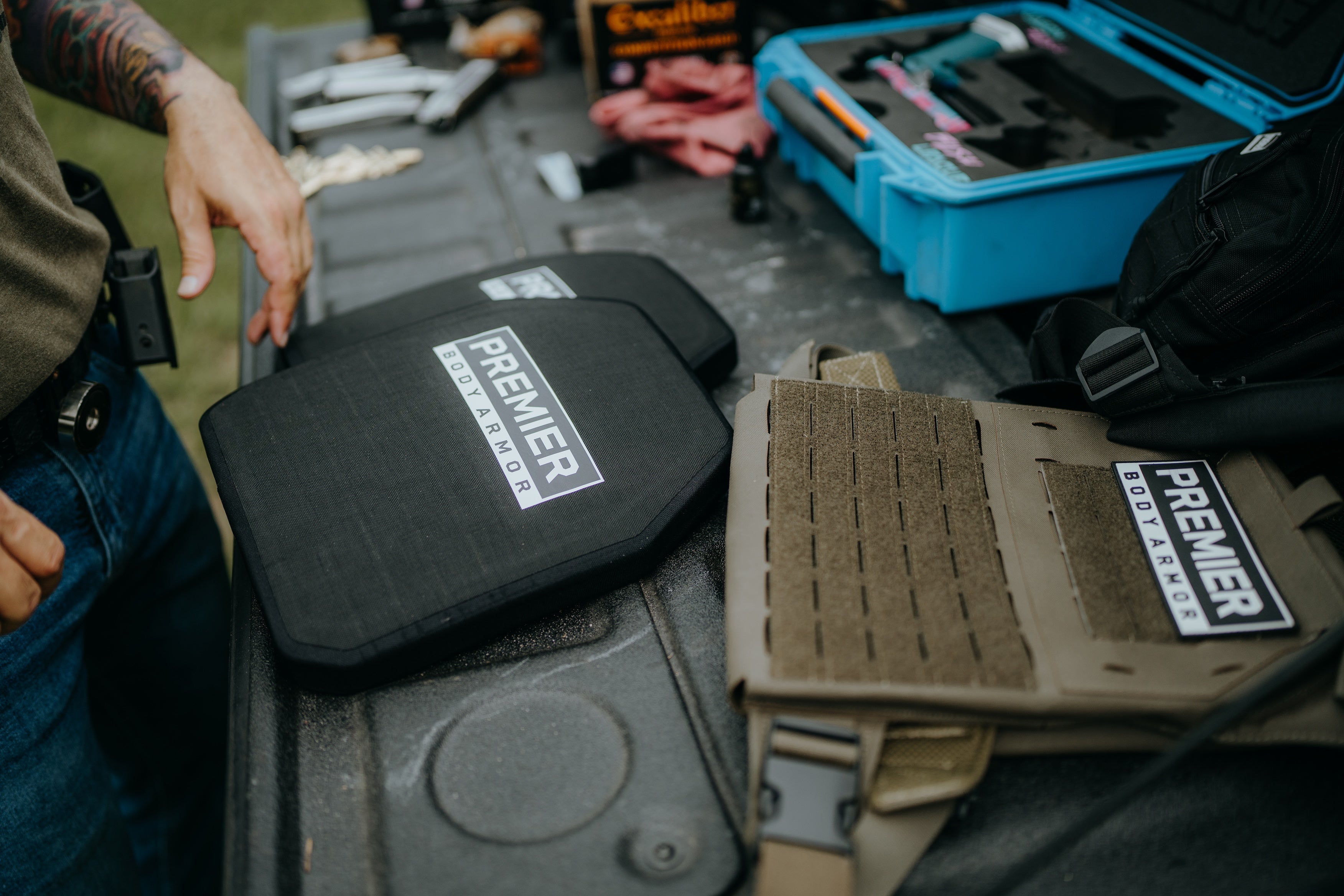
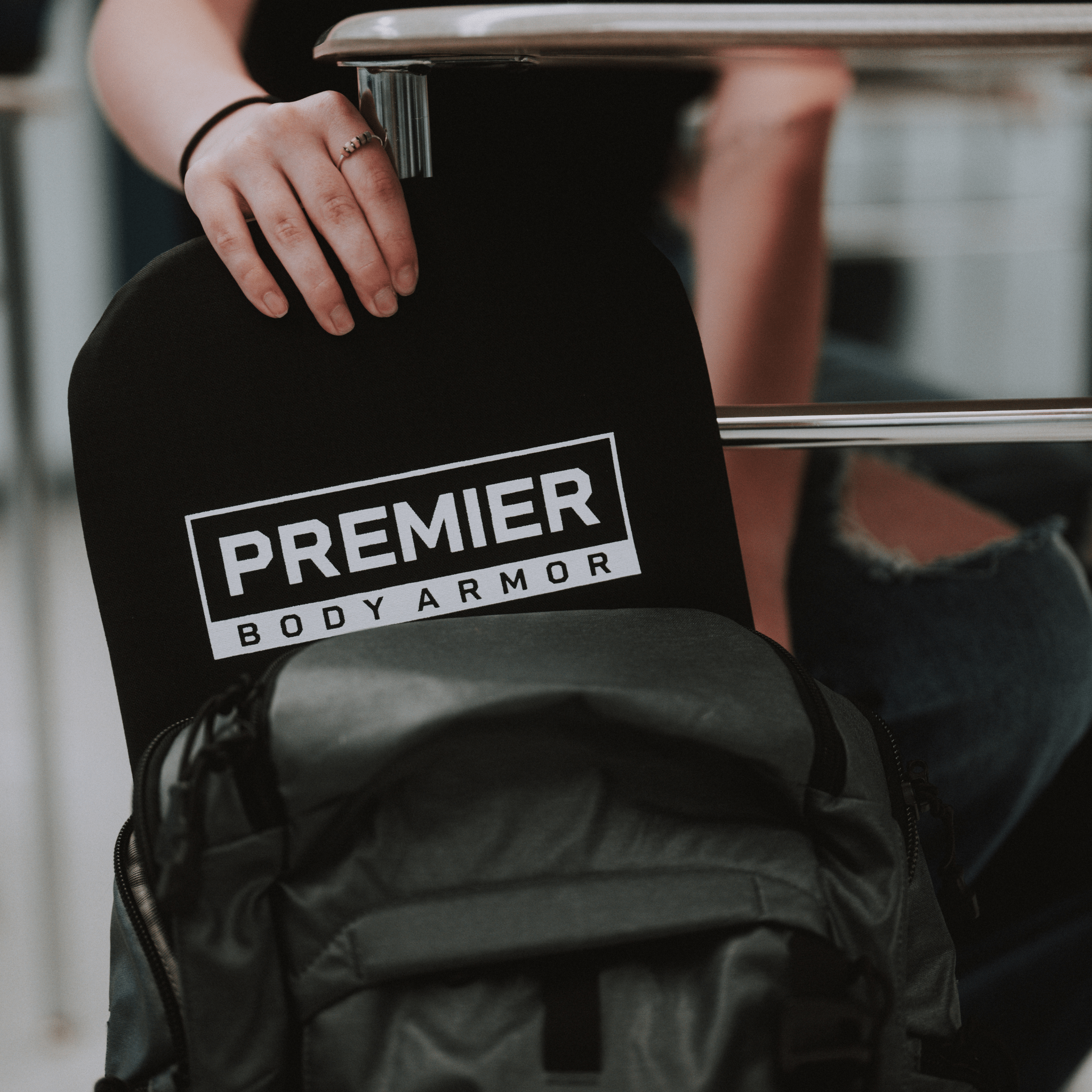

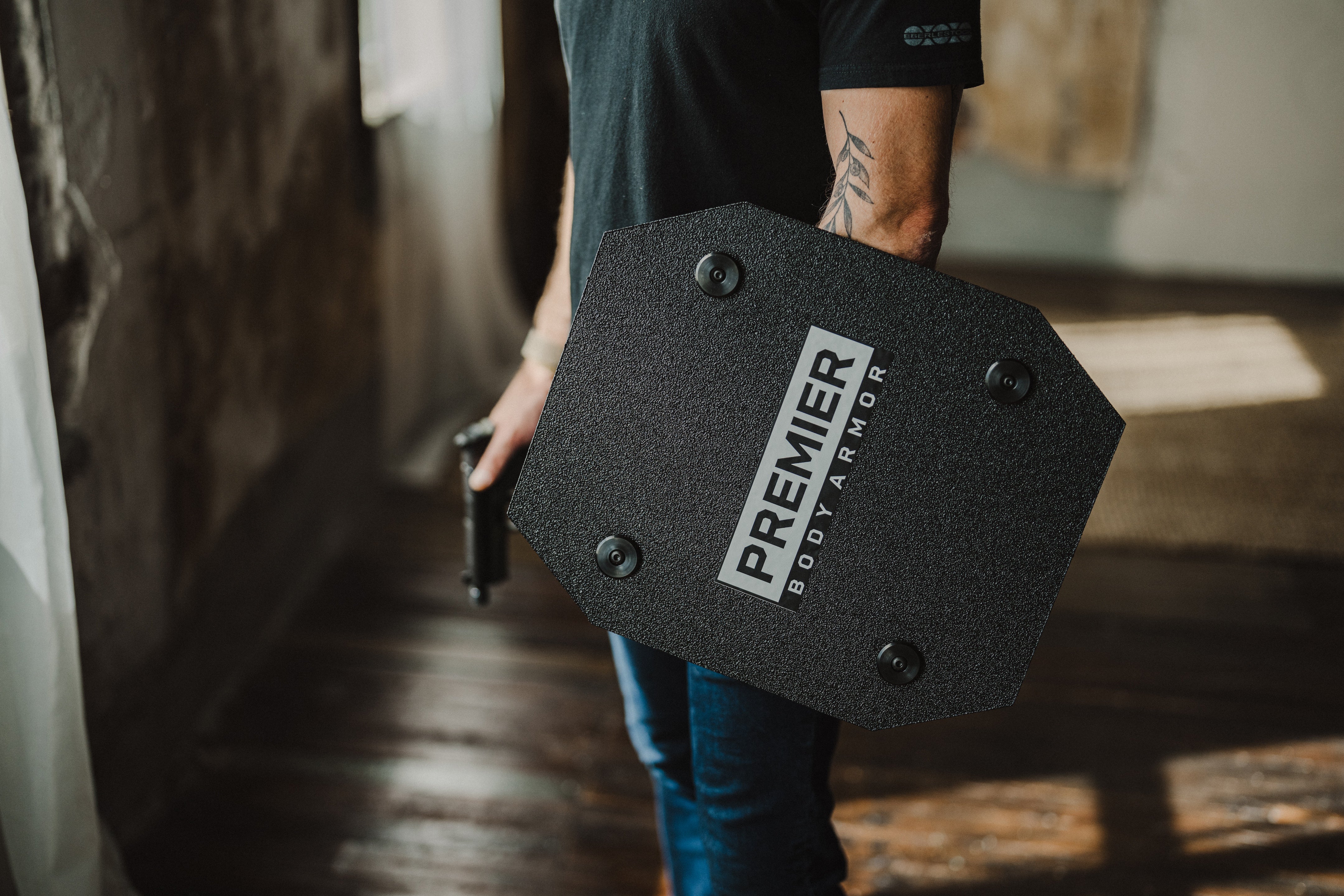


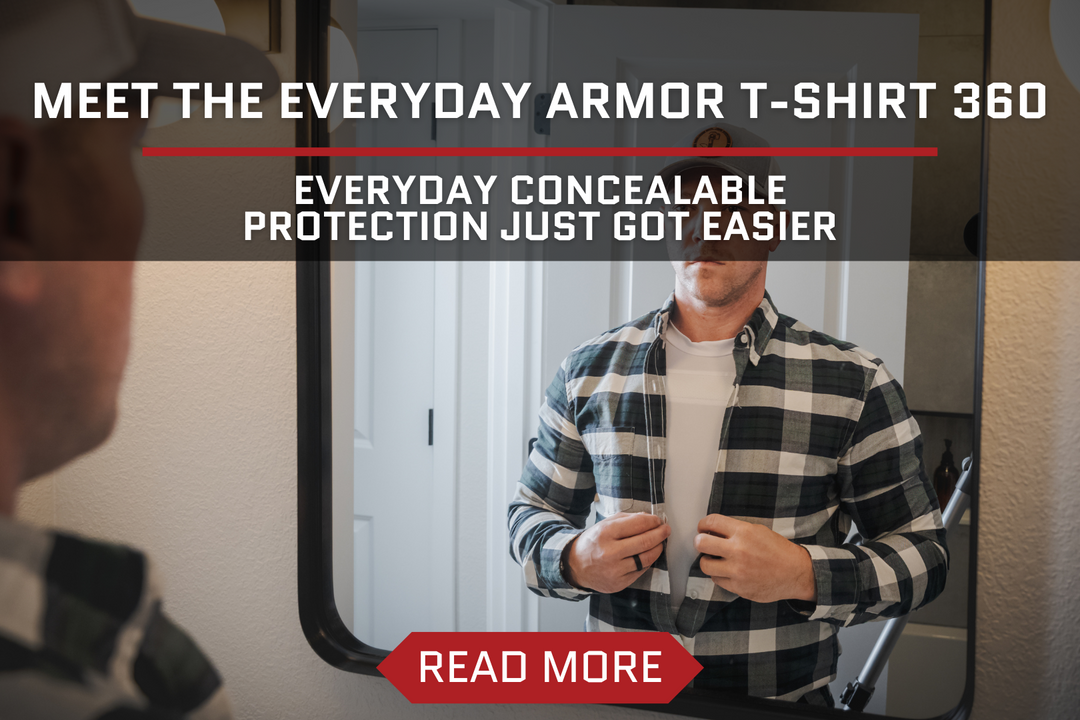
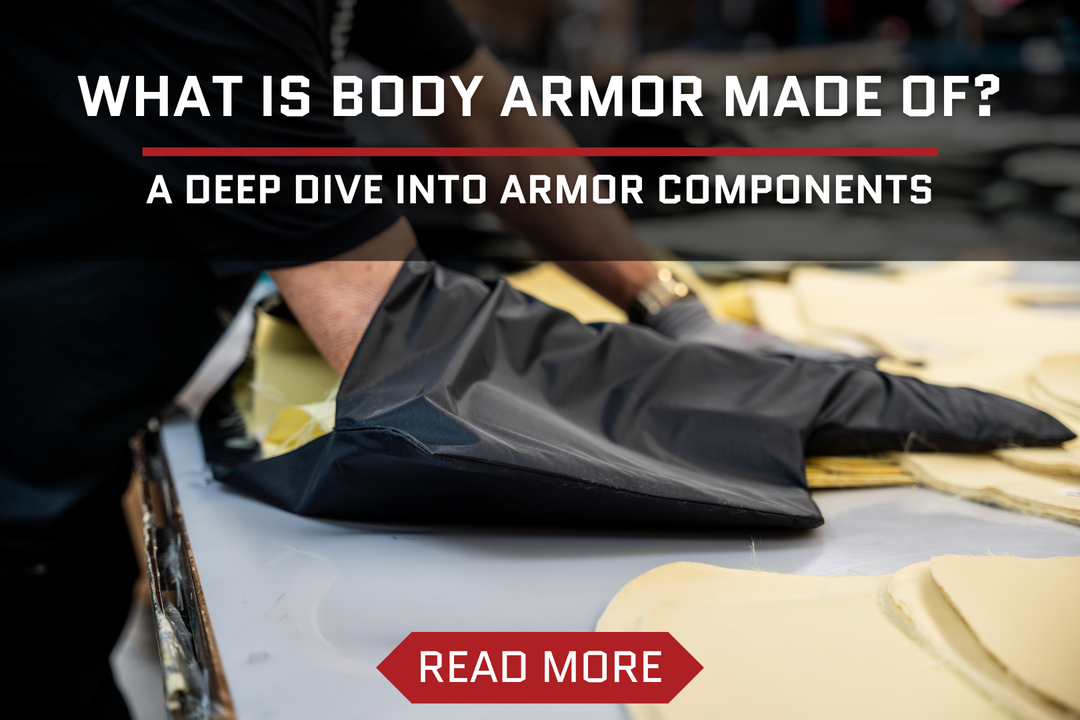

Leave a comment